-
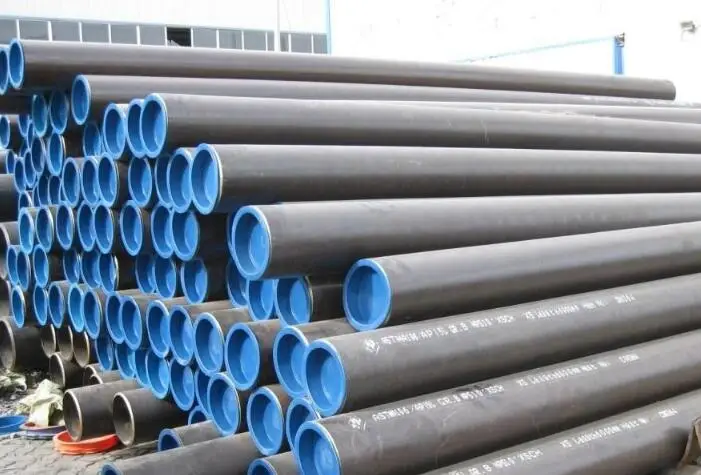
In the case of hot-rolled seamless pipes, cold-rolled seamless pipes are made below the recrystallization rolling temperature, but hot-rolled seamless pipes are rolled or subjected to recrystallization temperatures.
-
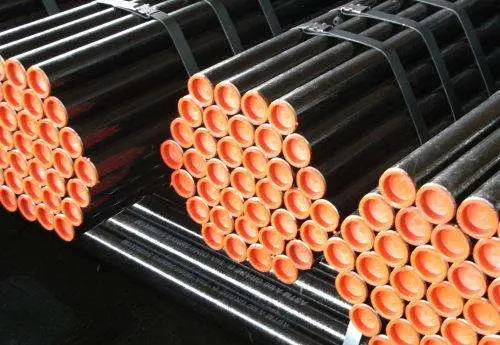
Squeeze forging, rolling method is the difference:
1, precision seamless extrusion heating temperature than forging, rolling high 30-60 ℃;
2, deformation, high-speed (rebar, only 2-4s).
3, multi-step, high consumption of metal.
-
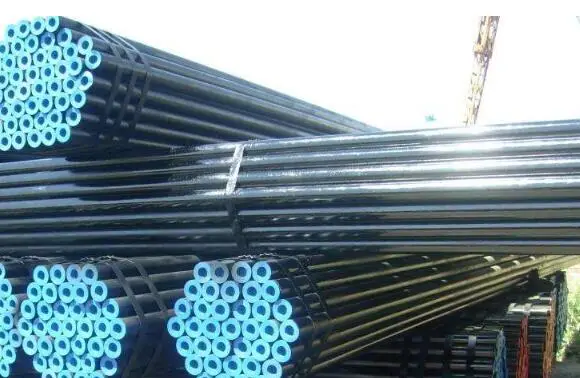
Precision light pipe passivation pickling, degreasing, ordinary precision three light tube surface treatment process.
-
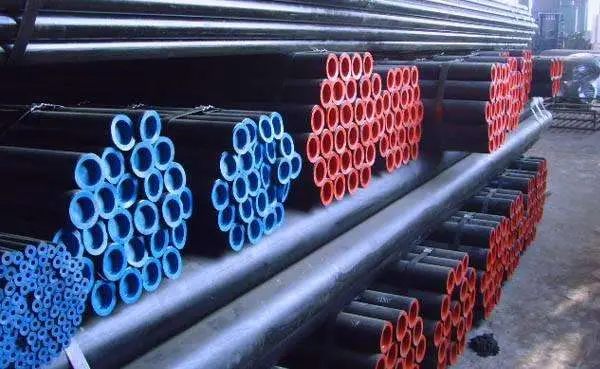
Some high-strength martensitic stainless steels, high-speed tool steels, and high-strength alloy steels, due to their high hardenability and alloying element strengthening. Often tempering (or tempering) after high temperature tempering, the steel carbide is properly aggregated to obtain coarse particles of carbide tempered sorbite (with spheroidizing annealing organization, and so on) state delivery plate has good The cutting performance is delivered directly after cooling, called hot rolling or forging, after hot rolling or forging and without special heat treatment. Hot (forging) termination temperature is generally 800-900 ℃, the air is generally naturally cooled, so hot (forging) state is equivalent to normalizing. And strictly normalizing heating temperature control, due to the hot (forging) the end of the temperature caused by the difference. So that the vibration ratio of steel, microstructure and properties have been well improved.
-
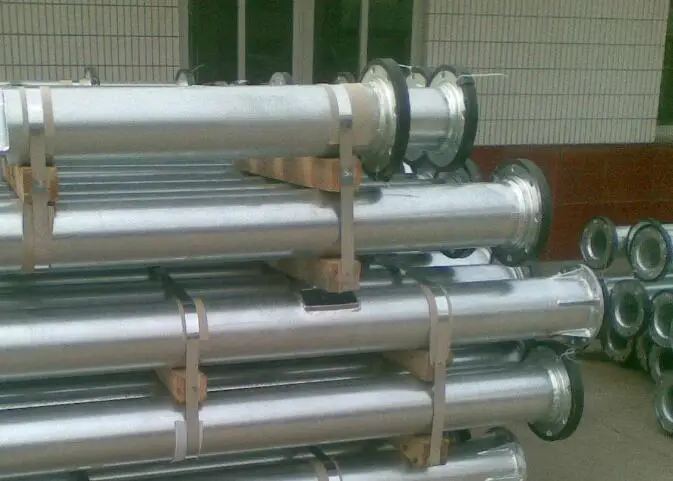
According to the report, the Japanese finance ministry announced in December 22nd that the temporary anti-dumping duties on steel and steel parts from China and South Korea were levied. The temporary anti-dumping duties began to be levied since December 28th for 4 months. The tax rate is between 41.8%~69.2%. This is the second time in Japan to levy anti-dumping duties on Chinese steel products in 2017, which is rare in 1 years.
-
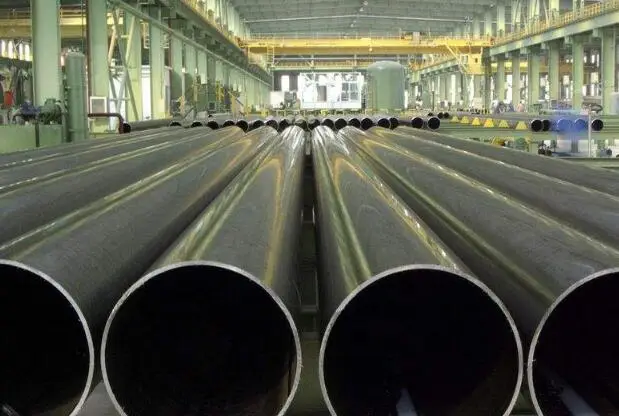
On January 22, the Canadian Border Services Agency (CBSA) issued a public notice to initiate a double anti-sunset review of the seamless Casing originated in or imported from China. The customs codes of the products involved are 7304.29.00.11, 7304.29.00.19, 7304.29.00.21 and 7304.29.00.29. This sunset review of the questionnaire should be submitted by February 28, 2018. The Canadian Border Service will make a ruling on this sunset review by no later than 21 June 2018.
-
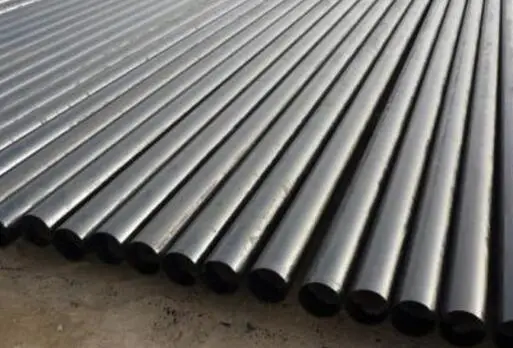
Precision light pipe passivation pickling, degreasing, ordinary precision three light tube surface treatment process.
-
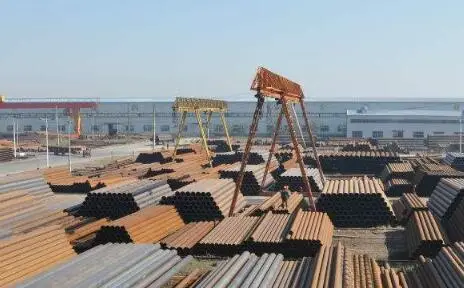
Some high-strength martensitic stainless steels, high-speed tool steels, and high-strength alloy steels, due to their high hardenability and alloying element strengthening. Often tempering (or tempering) after high temperature tempering, the steel carbide is properly aggregated to obtain coarse particles of carbide tempered sorbite (with spheroidizing annealing organization, and so on) state delivery plate has good The cutting performance is delivered directly after cooling, called hot rolling or forging, after hot rolling or forging and without special heat treatment. Hot (forging) termination temperature is generally 800-900 ℃, the air is generally naturally cooled, so hot (forging) state is equivalent to normalizing. And strictly normalizing heating temperature control, due to the hot (forging) the end of the temperature caused by the difference. So that the vibration ratio of steel, microstructure and properties have been well improved.
-
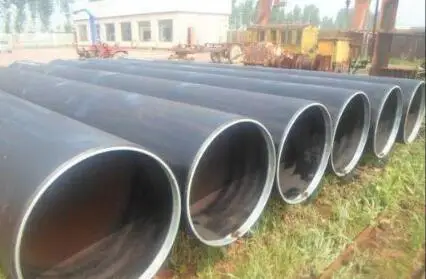
Heat treatment process of LSAW steel pipe
First, a reasonable choice. Straight pipe joints should use a good micro-deformable straight seam steel pipe, for the serious segregation of carbide straight weld steel castings should be reasonable and heat treatment, the larger can not cast straight steel can be double-precision heat treatment. Reasonable choice of heating temperature control heating rate, the straight seam pipe can be slow heating, preheating and other ways to reduce heat balance straight seam pipe thermal deformation.
-
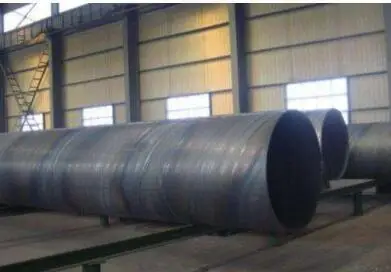
The right way to maintain the coil
(1) Spiral steel pipe storage products or storage space, should choose clean, smooth drainage area, away from factories and mines harmful gases or dust. On the field, remove weeds and all the debris and keep a clean steel.
(2) in the warehouse, not with acid, alkali, salt, cement, steel and other invasive materials stacked together. Different varieties of steel should be stacked separately to prevent confusion and prevent contact with corrosion.
3) large steel, rail, steel shame, large diameter steel pipe, forgings, etc., can be piled open.
-
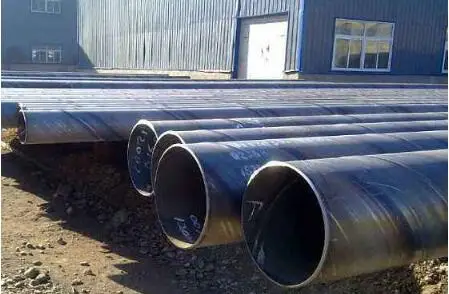
1. Thick wall spiral tube forming process, steel deformation even if the residual stress is small, the surface will not have scratches. Steel pipe processing in the diameter and wall thickness range, larger diameter, greater flexibility, especially in the production of high-grade steel thick-walled pipe, especially with large-caliber thick-walled pipe has other advantages of unmatched technology to Meet more users on the pipe specifications;
-
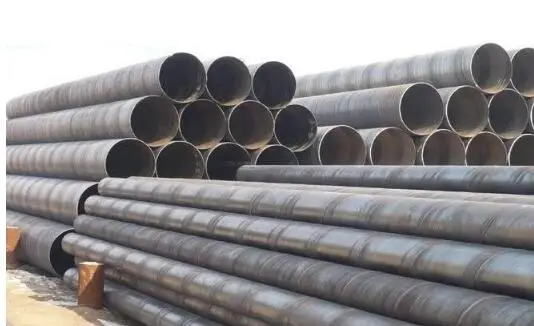
Spiral processing method is based on the original spiral tube in accordance with the requirements of the product requirements.
There are two commonly used spiral tube processing methods.
First, the thermal expansion method
-
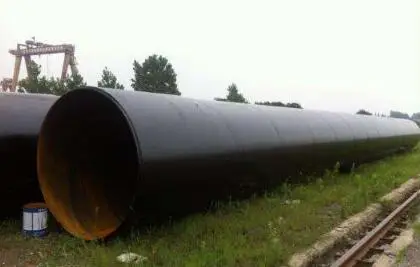
Corrosion-resistant insulation pipe with corrosion-resistant steel, with good insulation properties, in the construction has been widely used and promoted, and continue to improve and promote. Corrosion of pipe insulation have different types of processing methods and methods, different processing methods determine the pipeline has different properties and functions, and the use of the range will change. As its name implies, it is to increase the degree of protection of the external thread steel pipe corrosion protection grade, in order to achieve low temperature can be used. Under normal circumstances, the use of two-tube insulation inorganic zinc-rich paint, the temperature ≥ 400 ℃, are corrosion-resistant coating, pipe mouth polyethylene film known as the three-tier PE or cold seal with the previous installation to prevent moisture Into the water or construction.
-
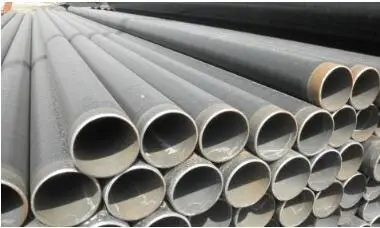
Forming large diameter straight seam welded pipe molding methods are UOE molding method, a row of roll forming method (CFE), CE molding. For the most part of the molding process is the full-length steel pipe after welding diameter, in order to improve the quality of welded pipe. Large-caliber expanded production is an important process to ensure the quality of finished pipe.
-
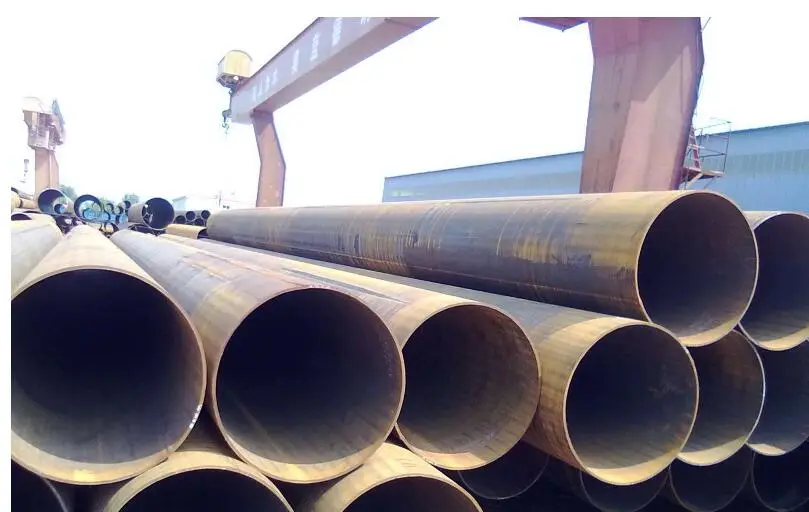
Lateral cracks in the longitudinal seam submerged arc welded pipe appears after rework, in particular:
1. Confirm the defect
100% UT weld inspection of all welds, crack markings location, length, depth and direction. If the entire weld is defective, it is proposed to excavate the entire re-submerged arc welding, manual arc welding of local repair recommendations.
-
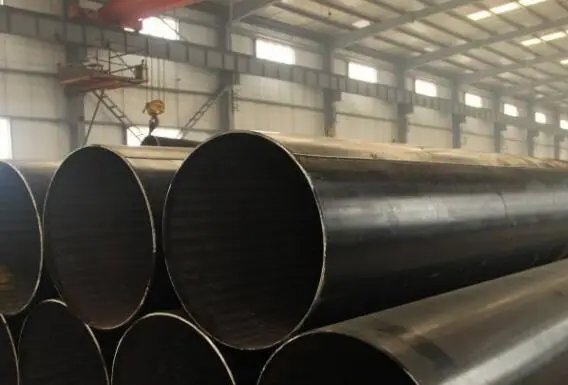
Surface micro-cracks in LSAW steel pipe products have a great impact on quality, from the commutation of sentences, and retirement, especially niobium, vanadium, titanium vertical most prominent, seriously affected the product quality and yield improvement. This not only brought enormous economic losses to the enterprise, but also restricted the development of varieties of sheet metal production lines. Longitudinal surface microcracks are mainly edge cracks, longitudinal cracks, star cracks, the reason for both the rolling process parameters are not properly controlled, but also abnormal casting production, slab cracks, residual element enrichment.
-
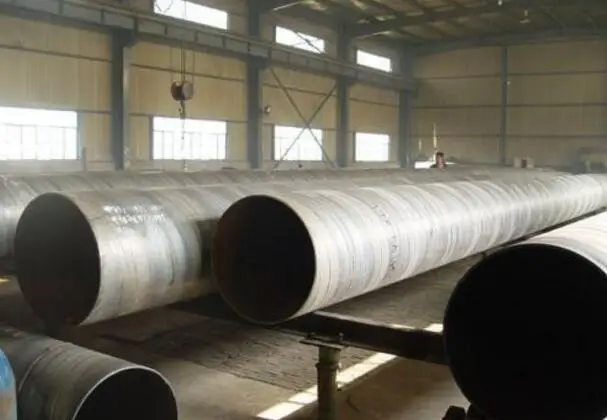
Longitudinal submerged arc welded pipe due to the use of different environmental conditions, and the objective conditions of change over time, coupled with the inherent defects in a certain period of time there will be different forms of damage. Such as hydrogen-containing welded steel pipe, in the high enough stress or residual stress cracking occurs, the form of such damage is commonly referred to as hydrogen induced cracking. Hydrogen-induced cracking of welded steel is due to the diffusion of hydrogen in the metal matrix, forming solid solutions in the form of metal hydrides or metal hydrides, resulting in brittle fracture of the pipe. It is a source of potential pipeline damage. Hydrogen induced cracking can occur in a few weeks even at high stresses or pressures when buried underground.
-
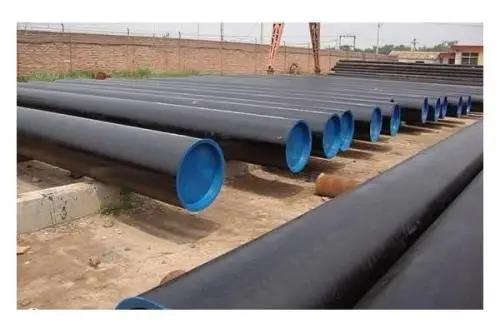
Longitudinal submerged arc welded pipe due to the use of different environmental conditions, and the objective conditions of change over time, coupled with the inherent defects in a certain period of time there will be different forms of damage. Such as hydrogen-containing welded steel pipe, in the high enough stress or residual stress cracking occurs, the form of such damage is commonly referred to as hydrogen induced cracking. Hydrogen-induced cracking of welded steel is due to the diffusion of hydrogen in the metal matrix, forming solid solutions in the form of metal hydrides or metal hydrides, resulting in brittle fracture of the pipe. It is a source of potential pipeline damage. Hydrogen induced cracking can occur in a few weeks even at high stresses or pressures when buried underground.
-
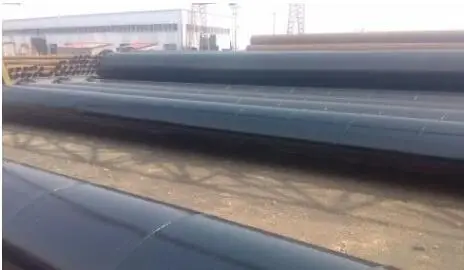
1.Confirm the defect
100% UT weld inspection of all welds, crack markings location, length, depth and direction. If the entire weld is defective, it is proposed to excavate the entire re-submerged arc welding, manual arc welding of local repair recommendations.
-
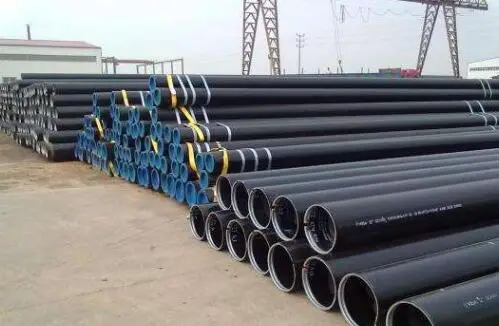
Lateral cracks in the longitudinal seam submerged arc welded pipe appears after rework, in particular:
1. Confirm the defect
100% UT weld inspection of all welds, crack markings location, length, depth and direction. If the entire weld is defective, it is proposed to excavate the entire re-submerged arc welding, manual arc welding of local repair recommendations.
-
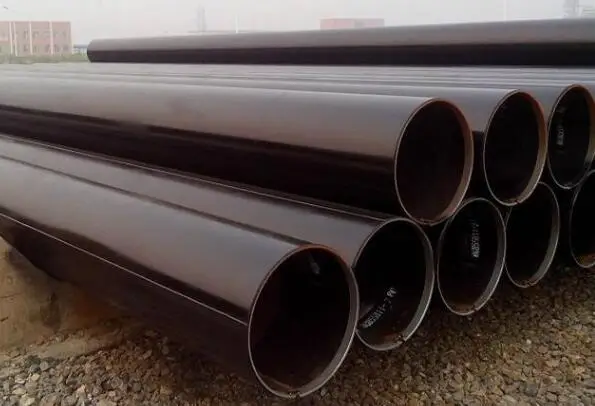
Surface micro-cracks in LSAW steel pipe products have a great impact on quality, from the commutation of sentences, and retirement, especially niobium, vanadium, titanium vertical most prominent, seriously affected the product quality and yield improvement. This not only brought enormous economic losses to the enterprise, but also restricted the development of varieties of sheet metal production lines. Longitudinal surface microcracks are mainly edge cracks, longitudinal cracks, star cracks, the reason for both the rolling process parameters are not properly controlled, but also abnormal casting production, slab cracks, residual element enrichment.




















